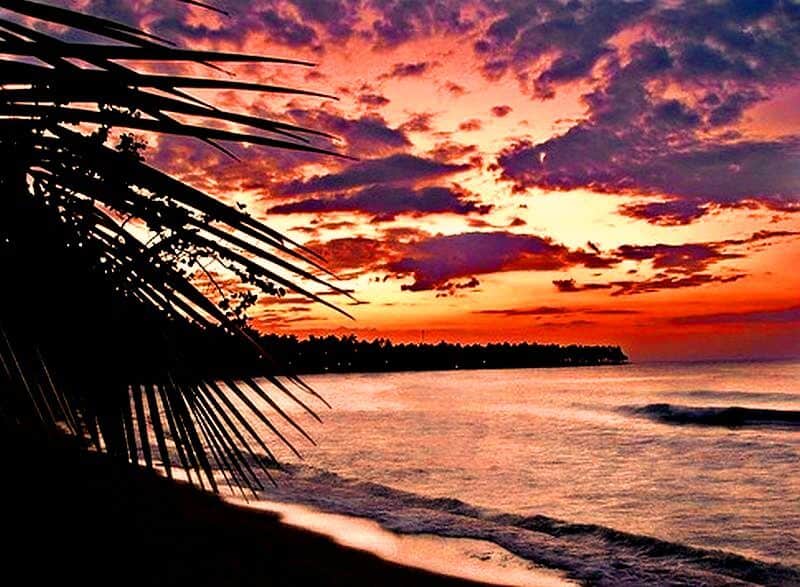Map of Dominican Republic
This Map of Dominican Republic shows the island of Hispaniola, the second largest island in the Caribbean, contains two separate countries; the Dominican Republic and Haiti.
columbus Columbus claimed Hispaniola in 1492, and it later became the major launching base for the Spanish conquest of the Caribbean, as well as the American mainland.
Subsequently, disease and slavery were introduced by the Spanish conquistadors, and the indigenous Arawak peoples were destroyed.
In the 17th Century, with the Spanish in control, the French established a colony on the island. The Spanish later ceded the western third of Hispaniola in 1697, which in 1804 became known as Haiti.
The remainder of the island, then known as Santo Domingo, declared its independence in 1821, however, it was immediately occupied by Haiti. It finally gained total independence in 1844, and became the Dominican Republic, or DR.
tourists Ruled by a series of dictators for the next 134 years, democracy was finally introduced in 1978. Today this beautiful island of gregarious people and stunning scenery is a popular Caribbean tourism destination, as unlike its neighbor to the west, the country’s economy is still one of the fasting growing in the western hemisphere.
For travelers, favorites include colorful Santo Domingo, a mixture of Caribbean cultures and a visually pleasing outdoor museum, and the eclectic collection of resort destinations strung out along the Amber Coast, east and west of Puerto Plata.




